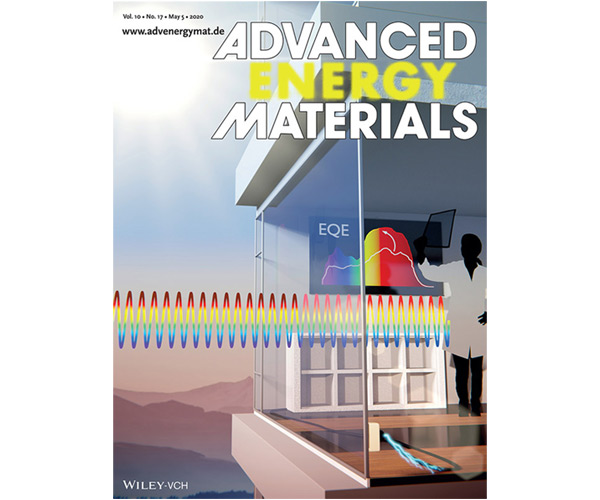Transparent photovoltaics
Most of existing photovoltaic integration solutions, such as building skylights/façades and vehicle solar roofs for battery recharging, are based on non-transparent crystalline silicon modules which fail to offer true visual comfort and aesthetic design. By implementing a PV technology that is truly transparent and is capable of generating electricity at a competitive cost, a completely new market will be born, contributing towards a net-zero CO2 economy.

What?
Transparent organic photovoltaics are enabled by thin films of organic semiconductors capable of absorbing ultraviolet and infrared light while being transparent to visible light. By adding 1-dimensional nano-photonic structures, light can be further managed in order to increase electricity production and visual transparency simultaneously.
Why?
A widespread implementation of this technology could lead to a radical transformation of the energy market, harvesting sunlight from all those available surfaces that require a certain degree of transparency. If implemented correctly, it could cover a large part of the electricity needs in a building, or even satisfy daily commuting energy requirements in an electric vehicle.
How?
Researchers at ICFO will design and test highly transparent solar cells by integrating state-of-the art organic semiconductor materials, ultra-thin metallic transparent electrodes and light management nano-photonic structures in laboratory scale prototype devices.
Who?
In the Organic Nanostructured Photovoltaics group at ICFO, led by Prof. Dr. Jordi Martorell, researchers are working on the characterization of material opto-electronic properties, the ad-hoc design of solar cell architectures through genetic algorithms and the optimized fabrication and testing of high performing transparent solar cells.
Organic photovoltaics optimized through photonics can be used to simultaneously maximize conversion efficiency without compromising visual transparency.

Image depicting a transparent photovoltaic window. Link to paper.